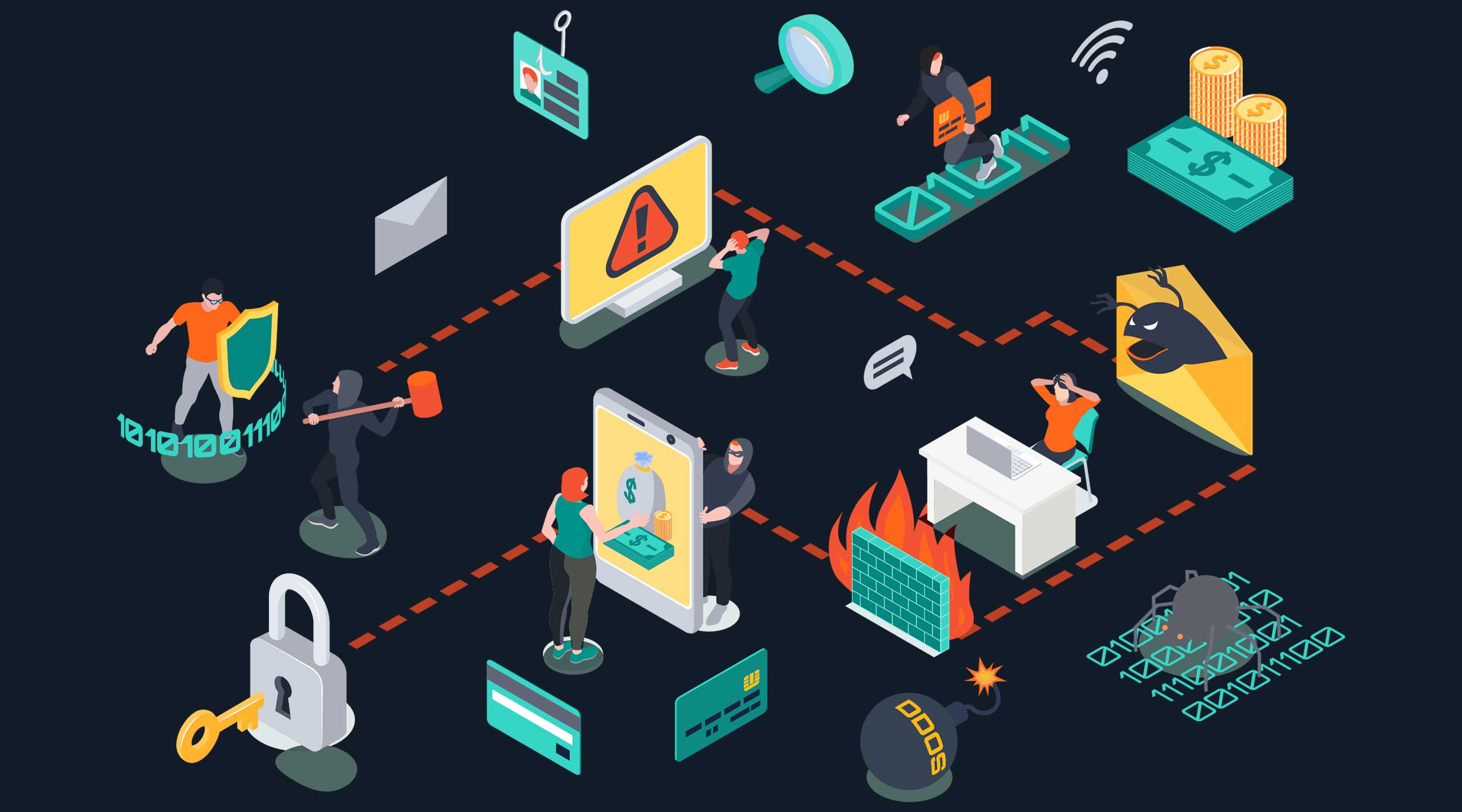
The Shape-Shifting Threat: A Journey Through Malware Evolution
Introduction
The term “malware” has been a significant concern for decades in the world of cybersecurity. Over the years, malware has evolved from simple viruses to highly sophisticated, adaptive, and destructive cyber threats. In this blog, we will delve into the fascinating journey of malware evolution, understanding its transformations, and exploring the challenges it presents to modern cybersecurity.
The Dawn of Malware: From Viruses to Worms
Malware, short for malicious software, emerged with the earliest computers. The initial strains were relatively simple, often taking the form of computer viruses and worms. These early malware variants relied on user interactions to spread and cause damage. For instance, the “ILOVEYOU” worm in the early 2000s demonstrated the capacity of malware to disrupt email systems and steal data.
The Age of Trojans and Spyware
As cybersecurity measures improved, malware evolved. In the 2000s, Trojans and spyware gained prominence. These threats were typically hidden within seemingly harmless software or attachments, tricking users into downloading them. Once inside a system, Trojans could open backdoors for attackers, while spyware tracked users’ activities and gathered sensitive information.
Rise of Ransomware and Botnets
In the mid-2000s, ransomware emerged as a potent malware type. Ransomware encrypted users’ files, demanding a ransom for decryption. Cryptolocker was a notable early example. Simultaneously, botnets, networks of compromised devices controlled by a single entity, became a favorite tool for launching large-scale cyberattacks.
Polymorphic and Metamorphic Malware
Malware creators recognized the need for stealth, leading to the development of polymorphic and metamorphic malware. These types are designed to change their code and behavior to evade signature-based detection. Polymorphic malware modifies its code with each iteration, while metamorphic malware completely rewrites itself.
Advanced Persistent Threats (APTs)
The most sophisticated malware threats today are Advanced Persistent Threats (APTs). These are state-sponsored or highly organized attacks that can persist undetected for extended periods. APTs often employ zero-day vulnerabilities and customized malware to infiltrate high-value targets such as government agencies and corporations.
Malware-as-a-Service (MaaS)
The modern malware landscape includes Malware-as-a-Service (MaaS), where cybercriminals can purchase or rent malware tools and services on the dark web. This makes sophisticated malware easily accessible, even to those with limited technical skills.
IoT and Mobile Malware
Malware has also expanded its horizons to target the Internet of Things (IoT) devices and mobile platforms. With the proliferation of smart devices and mobile apps, attackers have a broader attack surface to exploit, including vulnerabilities in these emerging technologies.
The Future of Malware: AI and Machine Learning
Malware’s evolution is far from over. Experts predict that artificial intelligence (AI) and machine learning will be leveraged to create more intelligent and adaptive malware. These future threats will be capable of learning from their environment, making them even harder to detect and defend against.
Conclusion: The Ongoing Battle Against Malware
The history of malware evolution is a testament to the ingenuity of cybercriminals. As malware continues to advance, so must cybersecurity measures. The battle against malware will persist, requiring a multifaceted approach that includes regular updates, strong security practices, threat intelligence, and advanced cybersecurity tools. Staying ahead in this arms race is an ongoing challenge for the cybersecurity community, and vigilance remains the key to effective defense against the ever-adapting world of malware.

